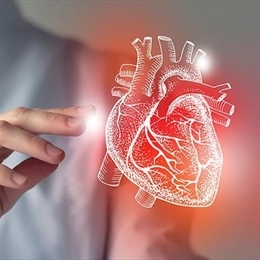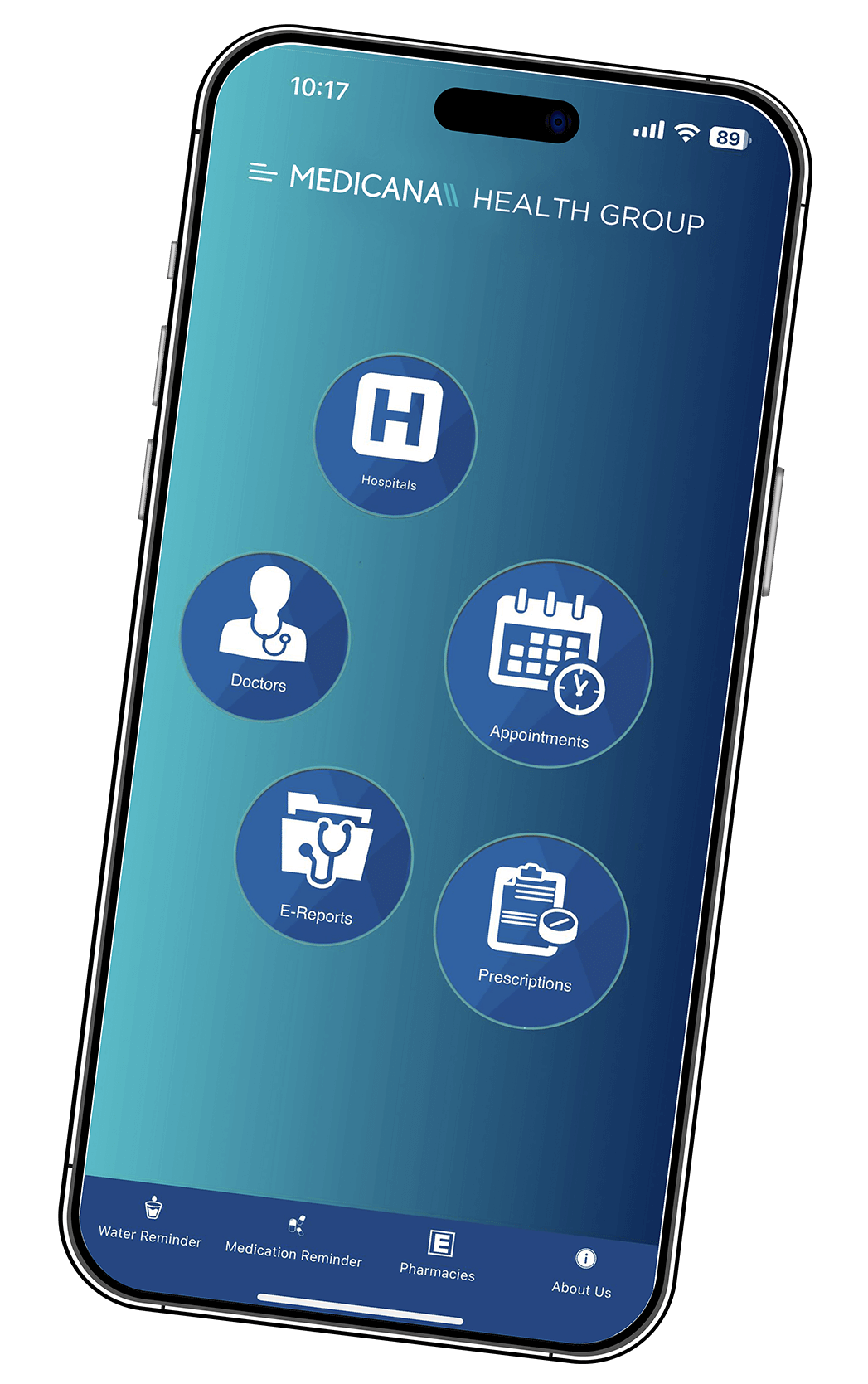Cardiac Angioplasty and Stent

Overview
Coronary angioplasty, also known as percutaneous coronary intervention, balloon angioplasty, and percutaneous transluminal coronary angioplasty, is used to open the clogged heart vessels (coronary arteries).
A catheter is usually inserted into an artery in the groin area and advanced to the clogged segment of the coronary artery tree. A plan is made by using the images. Afterward, a balloon is moved over the catheter and inflated at the clogged part. Thus, the occlusion is opened, and blood flow is restored.
In a cardiac angioplasty, a thin tube or artificial vessel called a stent, is inserted and placed to prevent occlusion recurrence and maintain the blood flow. Two types of stents are inserted into the coronary arteries: Drug-eluting and non-drug-eluting bare metal stents. Stents with elute drugs constantly release specific doses of a drug to the stenotic segment to prevent the recurrence of the narrowing or occlusion.
When the clogged coronary artery is opened by angioplasty and the flow of the blood is maintained by the stent, chest pain and dyspnea regress or disappear, which are typical symptoms of coronary artery disease.
Why is this procedure done?
Fat particles accumulate in the arteries that feed the heart due to particular reasons, such as unhealthy nutrition, accumulation of excess fat in the body, high blood pressure, and diabetes mellitus. These structures, called plaques, grow over time if the risk factors are not eliminated. As a result, a condition called atherosclerosis develops, resulting in the narrowing of coronary arteries followed by complete blockage.
Since coronary arteries are the vessels that feed the heart, narrowing, and occlusions, cause damage to the heart tissue, resulting in loss of cardiac functions over time.
Angioplasty is the first option if medication treatment, diet, and lifestyle changes do not help coronary artery disease that is manifested by chest pain and shortness of breath.
When angioplasty eliminates the stenosis of the coronary artery and, if necessary, a stent is inserted, the blood flow to the heart will be restored, and the symptoms will regress over time.
However, if a significant coronary artery is clogged or more than one coronary artery is narrow or occluded, coronary artery bypass surgery, a major surgery, may be required.
Risks
The risks that may be faced in coronary angioplasty - a minimally invasive procedure - include:
Sudden occlusionThe blood vessel is re-occluded by a clot or plaque after patency is achieved. To overcome this problem, the clogged segment is dilated again, and a stent is placed.
Re-stenosis:
If a stent is not inserted after the flow of blood in the blocked coronary artery is restored, the occlusion may recur. Re-stenosis usually depends on the persistence of risk factors (blood sugar, blood lipids and blood pressure).
In-stent stenosis:
Plaque formations may develop in the lumen of the stent, resulting in a stenosis. This risk is lower in drug-eluting stents.
Other risks of coronary angioplasty include heart attack, stroke, organ problems, and cardiac rhythm disorders.
Our specialists will employ all practices to minimize the risk of complications and our doctors will preoperatively inform you about risks listed above and all other potential complications and will address all your concerns.
Preparation
Your doctor will review your health history and asses your overall health before the procedure.
Flat angiography device is available in our Cardiology and Cardiovascular Surgery Units and the heart and coronary arteries can be quickly images by MRI and CT.
In the second stage, coronary angiography will be performed to locate the stenosis and whether it can be treated with angioplasty or not. In the coronary angiography, a thin tube, called catheter, is inserted into an artery of groin or arm. Your coronary arteries are imaged by instilling a contrast agent through this tube.
Once the stenosis is located, your doctor can perform the angioplasty and stent placement in the same session, and if necessary, the procedure is postponed to a future session. However, if conditions allow, combination of angiography and angioplasty in the same session is preferred and it is also advantageous for the patient.
Excluding emergencies, an appointment is scheduled for coronary angiography and angioplasty, and you should stop eating and drinking for a certain period of time (six to eight hours) before the procedure. You will have blood tests, chest X-ray, ECG and other necessary examinations to have your overall health assessed.
Moreover, prescription and over-the-counter medications will be reviewed and you will be informed about medications that you should stop taking.
Surgery and Early Postoperative Period
Coronary angioplasty is a minimally invasive procedure that does not necessarily require general anesthesia.
The patient is awake during the procedure, but sedative agents are used to calm down.
A small incision is made after local anesthesia is administered to the puncture site. An artery of your groin or your arm is most commonly preferred. After a guide wire is inserted into the artery, a catheter is advanced over this guide wire. Contrast agent delivered through the catheter helps locating the stenosis or the occlusion of the coronary artery(ies).
The thin balloon at the tip of the catheter is inflated at the stenotic segment and thus, stenosis is eliminated and the blood flow is restored. Your doctor may decide to place a stent to prevent recurrence of blockage.
If it is decided to insert a stent, the stent that is found in collapsed form in the catheter is advanced to the clogged coronary artery. Once the balloon is inflated, the stent is advanced, expanded and left at the site of stenosis.
After these processes are completed, images (angiograms) are captured again to see the final status of the coronary arteries. The procedure is completed after the catheter is removed and the small incision is stitched.
After angioplasty, you usually stay in the hospital for one night and you are discharged after it is confirmed that your overall health is stable.
If a stent is placed, you should take medications that are prescribed by your doctor in the rest of your life.
Your doctor will inform and instruct you about what you should pay attention at home after the angioplasty, lifestyle changes and exercises.
You should immediately call your doctor or visit the closest healthcare facility or call state emergency service if you recognize bleeding or swelling of you feel pain at the catheter puncture site or if you recognize signs of local infection, such as redness, swelling and warmth or if you feel fever, shortness of breath or chest pain, after you are discharged.
Results
Coronary angioplasty opens the clogged or stenotic coronary artery and restores blood flow to the heart tissue. Thus, symptoms caused by the stenosis, such as chest pain, poor exercise capacity and shortness of breath regress or disappear.
However, since the stenosis or clogging is caused by risk factors, including but not limited to smoking, blood pressure, high blood lipids, cholesterol, diabetes mellitus and unhealthy nutrition, these risk factors should completely eliminated or reduced after the angioplasty period. Otherwise, recurrence of a stenosis or clogging in the unforeseeable future is inevitable.




























